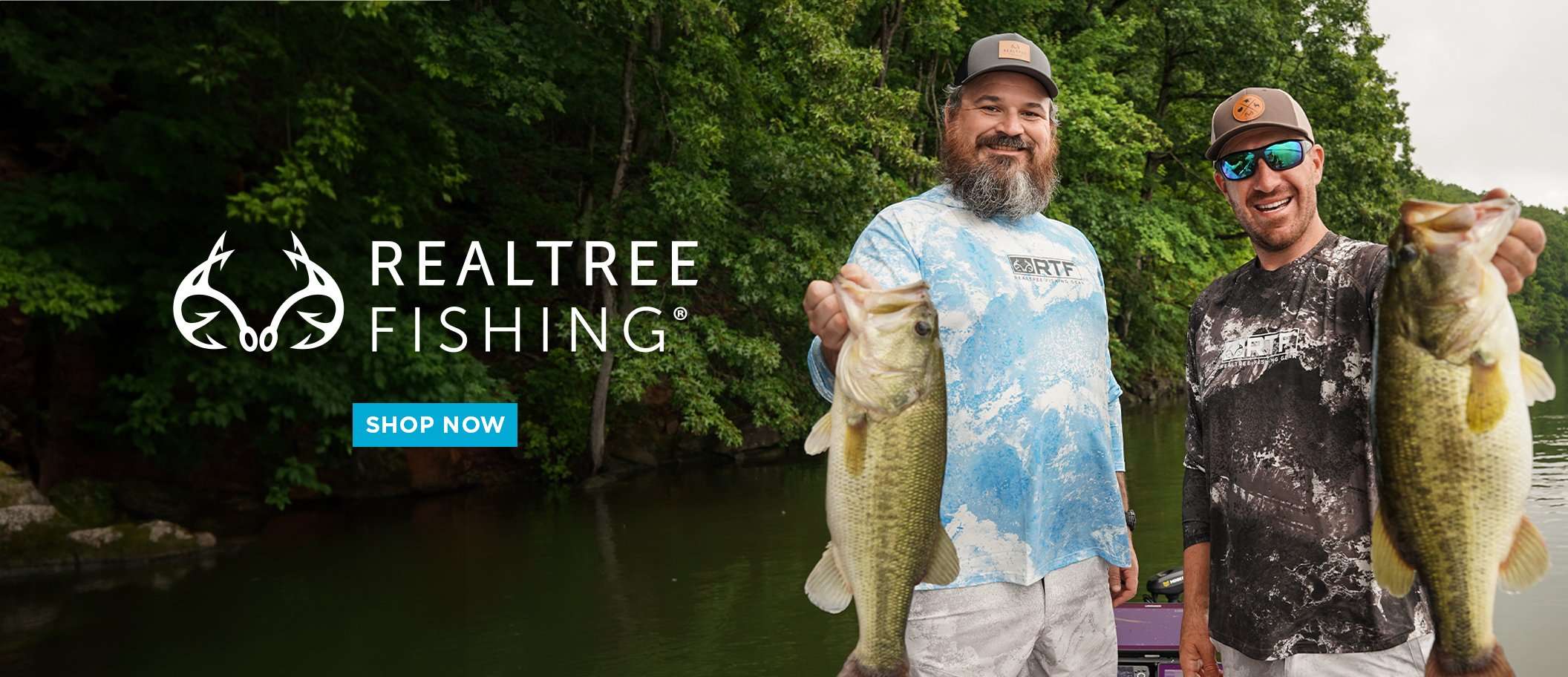New research shows many predators actively avoid recently burned habitat
Want to get a group of turkey hunters fired up? Mention nest predators and trapping. Feelings run high about the impact of predation on nest failure in wild turkey populations, and many hunters are turning to trapping to control the critters that like to eat hens and destroy nests.
But what if there is a more effective way? New research suggests there is.
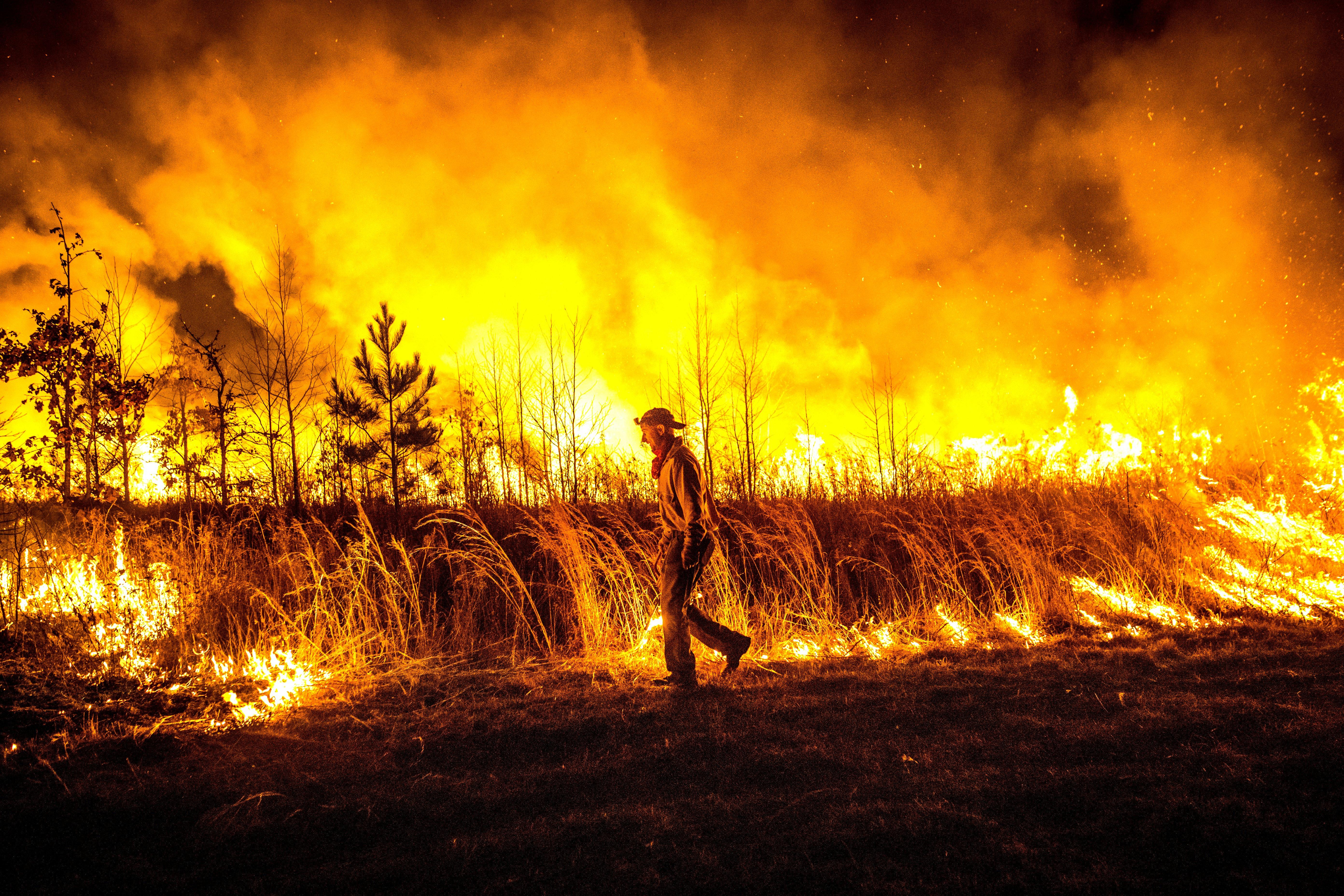
New research shows that a regular controlled burn is one of the most effective ways to reduce wild turkey predators on your property. Image by Bill Konway
In episode #66 of the Wild Turkey Science podcast, Dr. Marcus Lashley and Dr. Will Gulsby discussed recent findings from a project that showed a massive reduction in predator use of areas that had been burned on a rotational basis. If you are a turkey hunter and land manager, this is a podcast you don’t want to miss.
The paper, published by W. Boone, et al, was just released. It’s titled “Frequent Prescribed Burns Reduce Mammalian Species Richness and Occurrence in Longleaf Pine Sandhills.” That title pretty much explains the findings, but when you get into the results, the differences are astounding.
The study was conducted in northern Florida on public land. It measured the abundance of mammals, including turkey predators — such as gray foxes, coyotes, raccoons, opossums, armadillos, and wild hogs — that occurred in an area based on how often it had burned during a 20-year span. Researchers did this by setting up 110 camera grids throughout five study areas to record more than 400 days of data with more than 600,000 images.
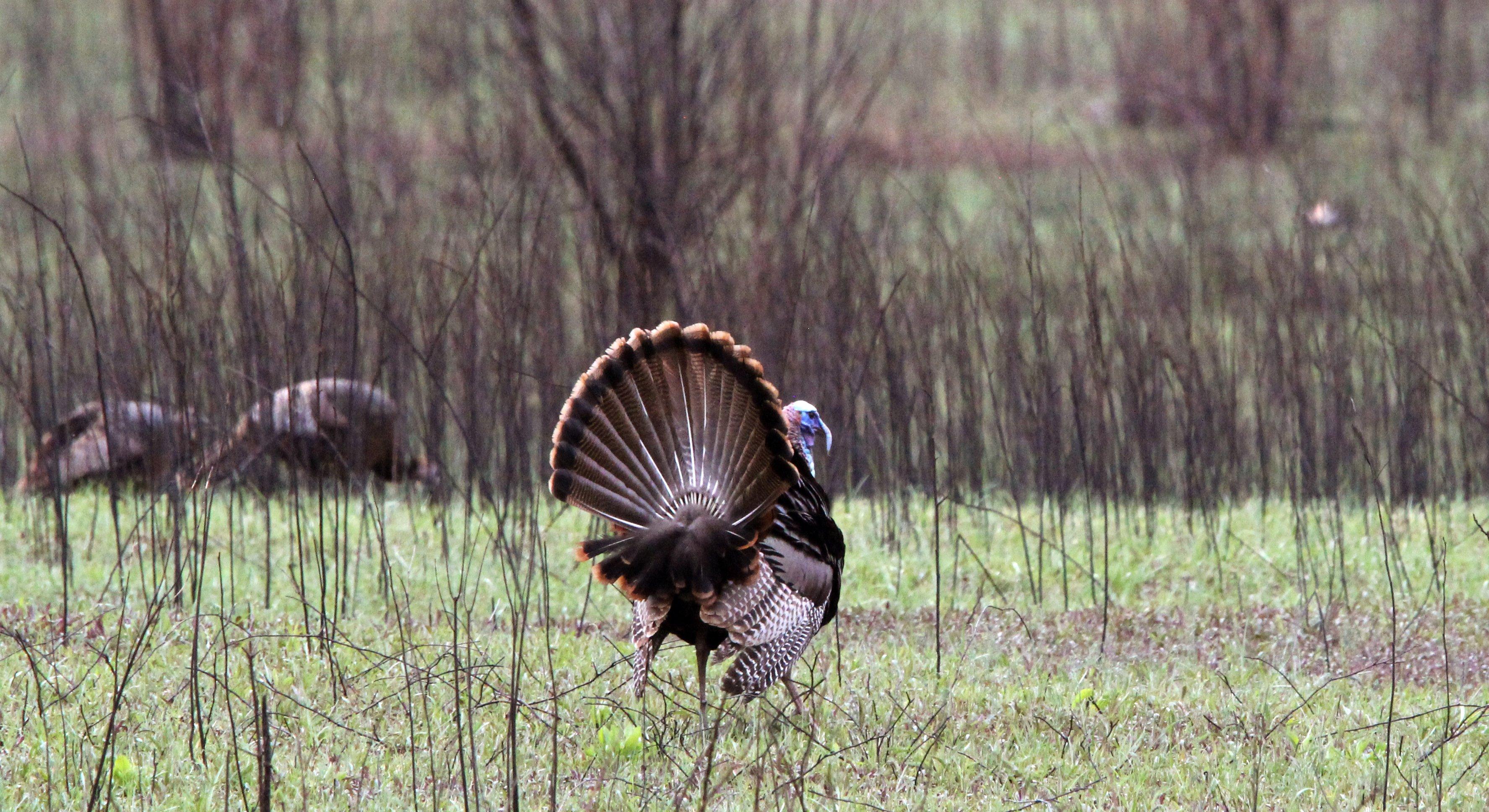
Although it has long been known that wild turkeys are attracted to recently burned areas, this research suggest that fire has the opposite effect on predators such as raccoons and coyotes. Image by Michael Pendley
The results? Predator occurrence dropped from an abundant 70% rate in areas that received no burns in the past 20 years to less than 20% in areas that burned on a three-year rotation — and less than 10% in areas that burned on a two-year rotation.
***Don’t Miss: *BREAK THE TURKEY GOBBLING CODE THIS SPRING
Gulsby pointed out that, unlike trapping, burning wasn’t reducing the number of predators on a landscape, but it was reducing the predator use in that area by pushing them into other areas. For turkey hunters, this is a win/win. Not only do frequent prescribed burns create exceptional and highly sought-after habitat for nesting, but they also seem to greatly reduce the predator use in those areas. Lashley added that he is confident reducing predator use on this level will positively affect turkey nest success. “We’d be overjoyed with a fraction of this kind of reduction for a trapping program,” he said. “This research shows a higher predator reduction rate than trapping while at the same time improving nesting and brooding habitat.”

Predator occurrence dropped as much as 70% in recently burned areas when compared to neighboring unburned areas. Image by Bill Konway
The study measured areas on two levels. The first was on a patch scale, meaning researchers measured blocks in 250-square-meter ranges. The second was a much larger neighborhood scale of 750-meter areas. Results for both ranges were almost identical. That means mammalian predators weren’t just avoiding small blocks of habitat but even large areas after burns, well beyond the range a predator might discover a hen or her nest.
It might be easy to chalk up the findings of this study to an isolated area, but many other studies have backed up the data. In a 2004 paper authored by D. Jones, et al, titled “Prescribed Fire and Raccoon Use in Longleaf Pine Forests,” 57 raccoons were radio collared and monitored during a two-year period. The findings were similar. The first year of the study, a prescribed burn in the area within the previous year reduced raccoon visitation by 62%. The second year of the study, visitation to the burned areas recorded a remarkable 80% reduction versus non-burned study areas. That speaks volumes about how predators view recently burned areas. Noted turkey researcher Dr. Michael Chamberlain described burned areas as a “hole in a predator’s home range.”
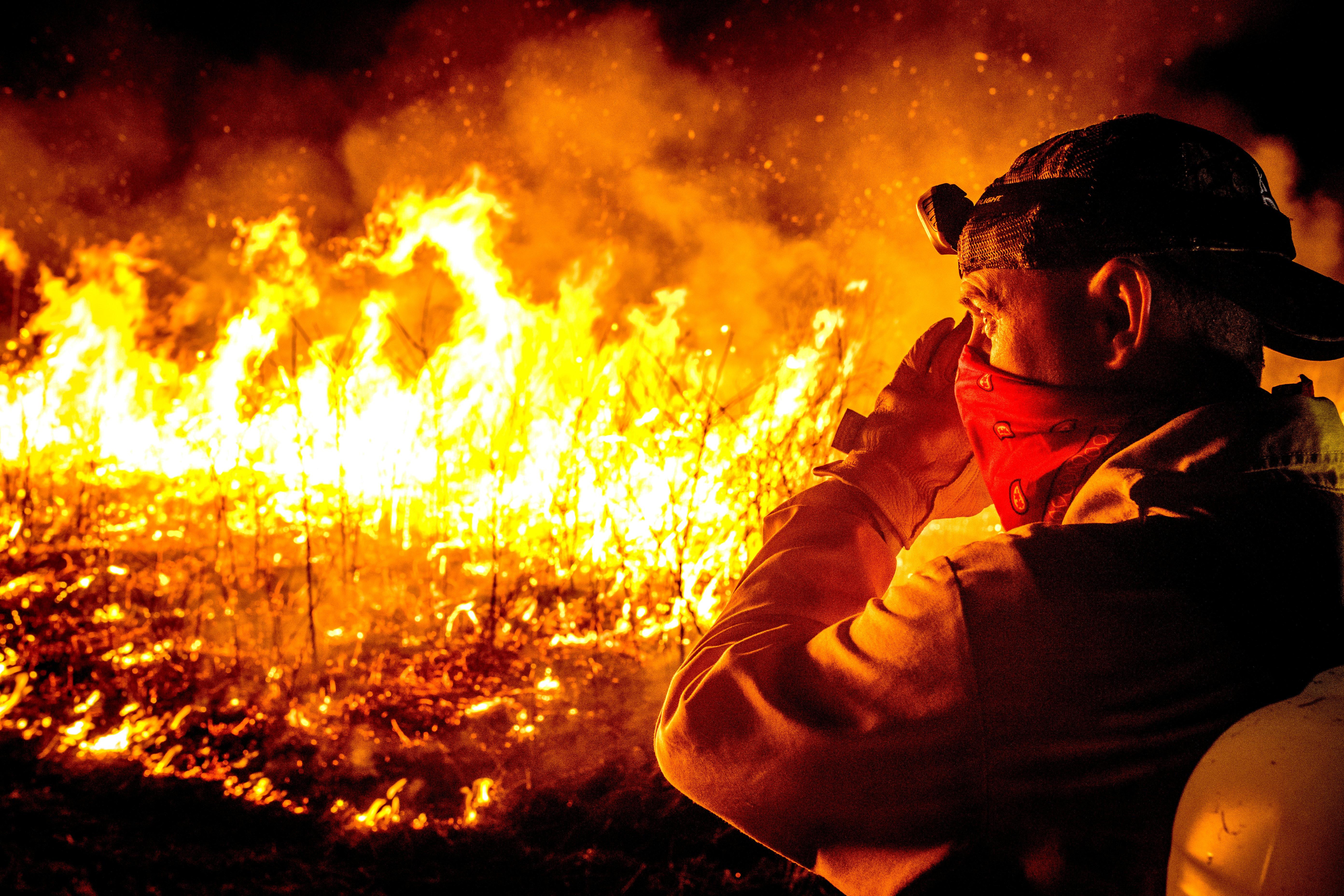
Regular burning reduced the raccoon photos in one test area by 80% after the second year of burning. Image by Bill Konway
Another paper, published by M. Jorge, et al, in 2020, found that “coyote and bobcats increased in relative abundance with decreasing pyrodiversity.” That simply means that the longer it has been since an area has experienced fire, the greater the abundance of large predators. The study also found that raccoon abundance increased the farther you expanded from a burn area.
***Don’t Miss: *STRUT REPORT: SOUTHERN BIRDS ON FIRE DESPITE HEAVY WIND AND RAIN
Besides decreasing predator use, we know that hens seek recently burned areas for nesting. A 2017 study published by N. Yeldell, et al, found that, “Turkeys selected areas with higher percent ground cover vegetation and preferred areas that underwent a two-year burn rotation.” The study also found that these nests in recently burned areas “exhibited a longer reproductive season and higher nesting and resetting success relative to other populations across the Southeast.” The study also noted that the most successful nesting results occurred in areas that were burned on a rotational basis, meaning that adjoining areas weren’t burned the same year. Think of your property as a patchwork quilt divided into individual blocks. If you want to burn on a three-year rotation, number those blocks 1 through 3. Try not to burn the same numbers during the same year. Burn a 1 next to a 2 or a 3, but never next to another 1. That way, there will be a mosaic of cover levels for hens to nest and brood in.

Burn areas in a patchwork pattern so you have different years of habitat next to one another. Image by Michael Pendley
For years, researchers have attributed that increased nesting success to better cover provided by burning. But Gulsby thinks there might be more to it based on these recent studies. “We’ve always thought hens chose these burned areas because of the increased cover, but these studies suggest they also might be choosing these areas because of the decreased predation risk,” he said.
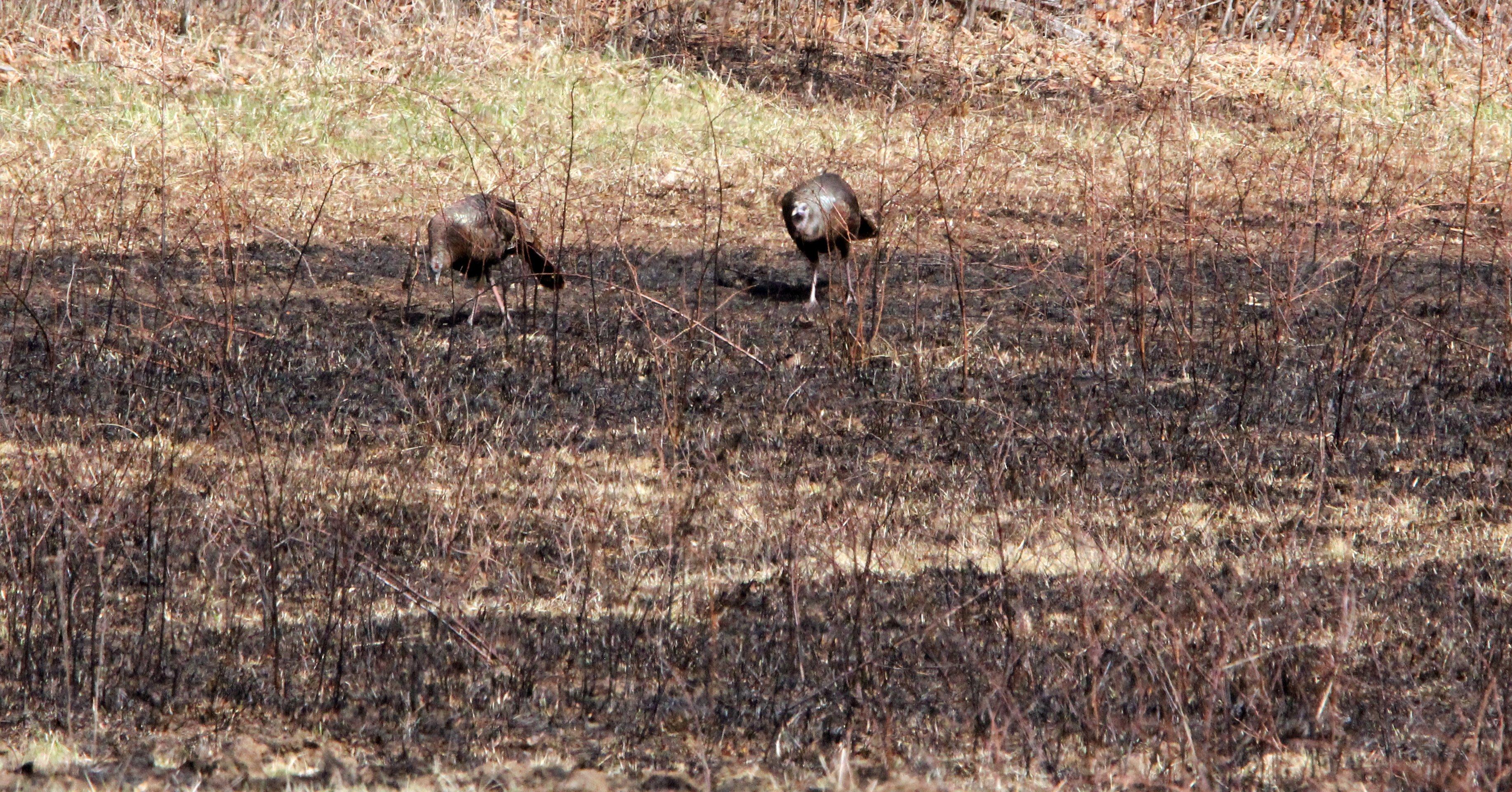
Researchers have long assumed that turkeys were attracted to burned areas because of habitat, but reduced predator occurrence might also be in play when a hen chooses to nest near a recent prescribed fire area. Image by Cheryl Pendley
Lashley agreed, saying, “These studies show that as time between upland fires grows, changes in the habitat allow predators to expand from hardwood bottomlands into the upland nesting areas. This clearly indicates a habitat issue, not a trapping issue. Can habitat work and trapping be used in concert? Absolutely. But what these studies show is that increased predation is a habitat issue.”
Lashley and Gulsby pointed out that almost all of these studies were conducted on public land where baiting is not allowed. They added that baiting even recently burned areas can artificially increase predator populations and negate any predator reduction accomplished through burning.
For years, hunters and land managers have realized the habitat benefits that come about with frequent prescribed burns in the production of better nesting and brood rearing habitat. These studies point to possibly an even greater benefit of predator use reduction in areas favored by hens for nesting and raising poults.

